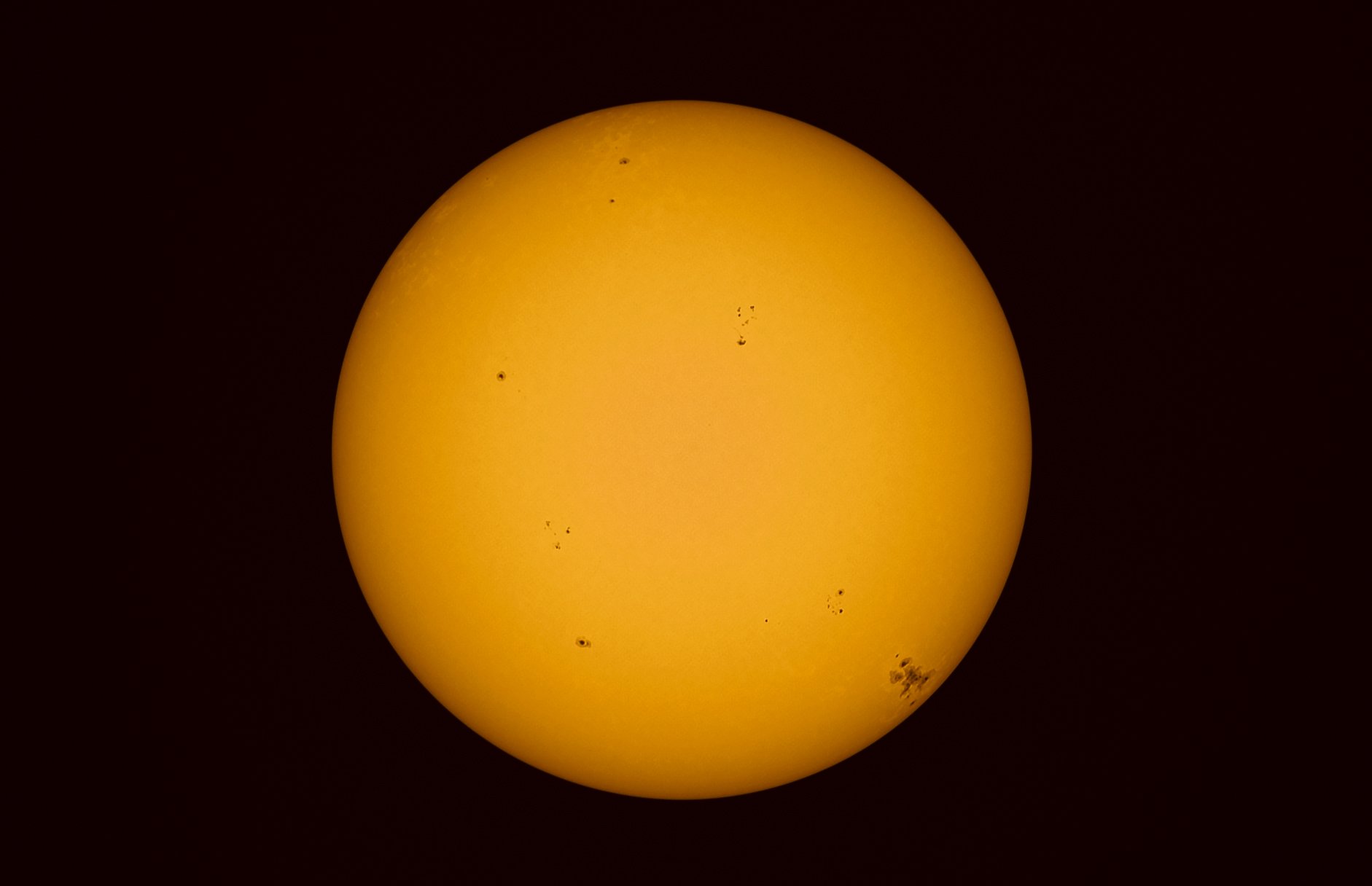Horsehead: A refinement in processing
With some time to process, I have dug into the Horsehead and astronomical workflow to find the best approach. My main efforts are built around noise reduction and determining at what point to apply noise reduction software. The choices are to apply in RAW conversion in LR or to wait and use a PS plugin or 3rd party independent software. I have previously used Noise Ninja after the image is nearly complete, but was recently introduced to Noiseware. I am using the Pro version of Noiseware as a PS plugin. The main advantage to Noiseware is that I can use it in my normal workflow within PS and can use color profiles effectively. Noise Ninja did not work well with color profiles as an independent app. Noiseware has numerous controls, too numerous to mention here, for controlling how and where the noise reduction is to be applied. My thoughts are that it might be best to add some noise reduction in the RAW file in LR and then utilize Noiseware late in the processing stage. This particular image had no noise reduction applied in LR. I am going to rework the Horsehead image with that approach and will report back with results. One thing I love about astronomical photographs is that they are so difficult to work with that it makes landscape optimization so much easier. Take care and check out Noiseware if you get a chance on some really noisy images.
One other change in workflow with this image involved applying a flat field from the RAW camera files to the image in PS. This worked very well and is now a part of my workflow. I found no advantage to applying dark frames to the image. I believe dark frames are largely a waste with the Canon 450D and that simply increasing the amount of signal is the best way to maximize the signal to noise ratio.
Horsehead Nebula from Winter Star Party 2009
Hello again,
I have completely changed the way I am processing astrophotos. I am no longer utilizing frame calibrations such as dark frame subtraction, flat fields, and bias frame subtraction. The reason? I felt that the images were pretty clean to begin with and that the camera manufacturers and Adobe LightRoom had better RAW image processing algorithms than any independent software manufacturer. I also know Adobe Light Room and Photoshop intimately and I am in control of the entire image processing chain at every step. So my first effort with this new approach is the Horsehead Nebula region in Orion taken at the Winter Star Party in February 2009 (please click on the image for a larger version.} The image is a composite of 5 frames at ISO 800 and 15 frames at ISO 1600 at 7 minutes and 3.5 minutes, respectively. The scope used was a Tom Back 92mm at approximately 400mm focal length and f5. The camera is a modified Canon 450D. I hope you enjoy the image. I will be posting more on my new processing as I work through other images from the trip. Take care and drop me a line.
Jeff's Blog
Join me on photography journeys from desert landscapes to deep sky wonders.





















